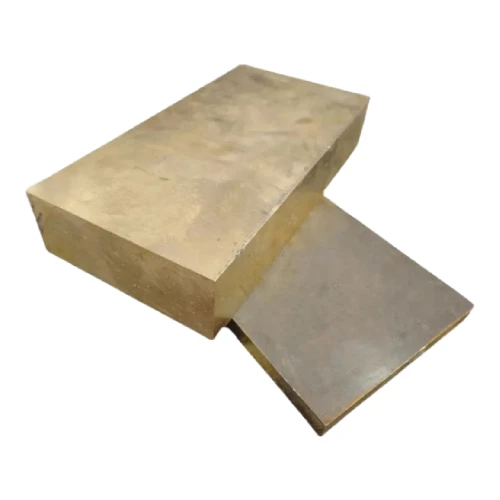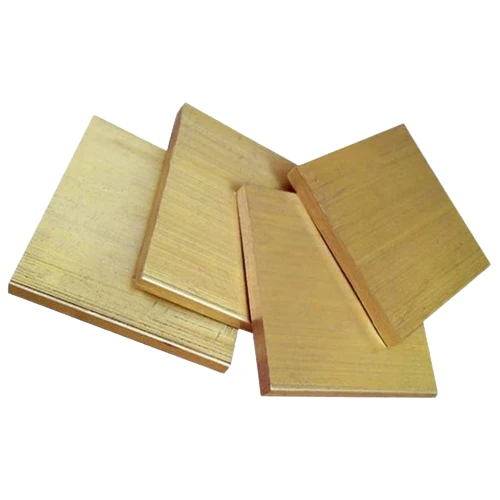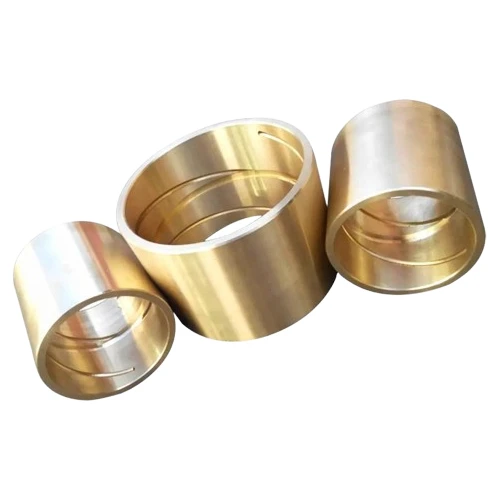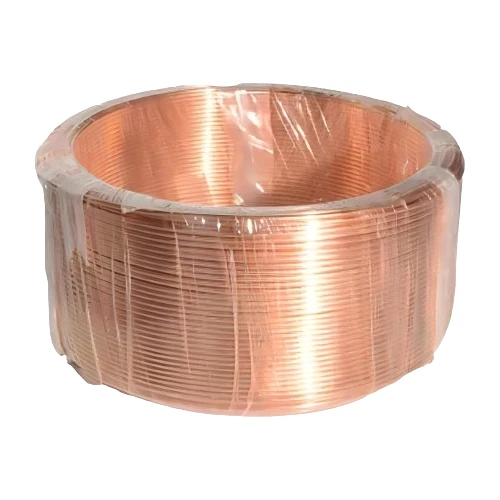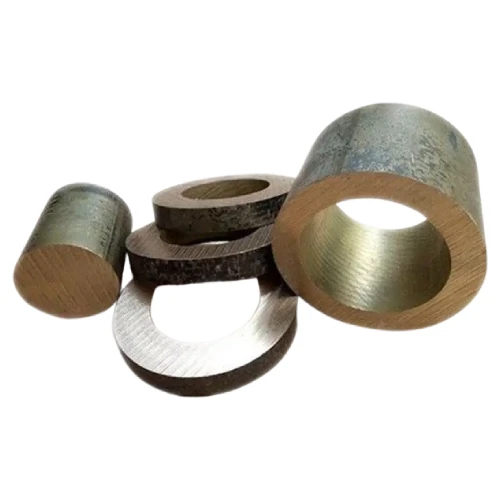Let's delve deeper into the characteristics and applications of C96900 Nickel Tin Bronze:
Chemical Composition:
C96900 Nickel Tin Bronze typically contains copper as the base metal, with significant amounts of nickel and tin, and may also include other elements like zinc, lead, and iron in smaller quantities. The specific ratios of these elements can vary, but the primary alloying agents are nickel and tin, which give this bronze its distinctive properties.
Mechanical Properties:
The high nickel content in C96900 contributes to its strength and hardness, while the tin provides additional hardness and corrosion resistance. This combination results in a material with a high tensile strength and excellent elasticity, which is important for applications where the material may be subject to stress and strain.
Corrosion Resistance:
One of the key benefits of C96900 Nickel Tin Bronze is its resistance to corrosion. Nickel and tin both have a high affinity for oxygen, which means they can form a protective oxide layer on the surface of the alloy, preventing further corrosion. This makes C96900 suitable for use in marine environments and other corrosive conditions.
Electrical and Thermal Conductivity:
Although not as conductive as pure copper, C96900 still retains good electrical and thermal conductivity, which is essential for applications in the electrical and electronics industry.
Non-Magnetic Properties:
The non-magnetic nature of C96900 Nickel Tin Bronze is beneficial in environments where magnetic fields can interfere with sensitive equipment or measurements.
Machinability:
While not as easy to machine as some other bronze alloys, C96900 can be machined to tight tolerances with the right tools and techniques, making it suitable for precision components.
Applications:
Given its diverse properties, C96900 Nickel Tin Bronze finds use in a wide range of industries:
Electrical Industry: For connectors, springs, and contacts due to its conductivity and corrosion resistance.
Marine Industry: For propellers, marine hardware, and other components exposed to saltwater.
Automotive Industry: For engine components, sensors, and fasteners that require high strength and resistance to wear.
Aerospace Industry: For high-strength, lightweight components that can withstand harsh conditions.
Instrumentation: For precision instruments and gauges where dimensional stability is crucial.
Manufacturing Processes:
C96900 can be produced through various manufacturing processes, including casting, forging, and rolling, allowing it to be formed into a wide range of shapes and sizes to suit specific applications.
In summary, C96900 Nickel Tin Bronze is a versatile and robust alloy with a combination of properties that make it suitable for demanding applications across various industries. Its strength, corrosion resistance, and electrical properties are particularly valued in environments where performance and reliability are critical.
